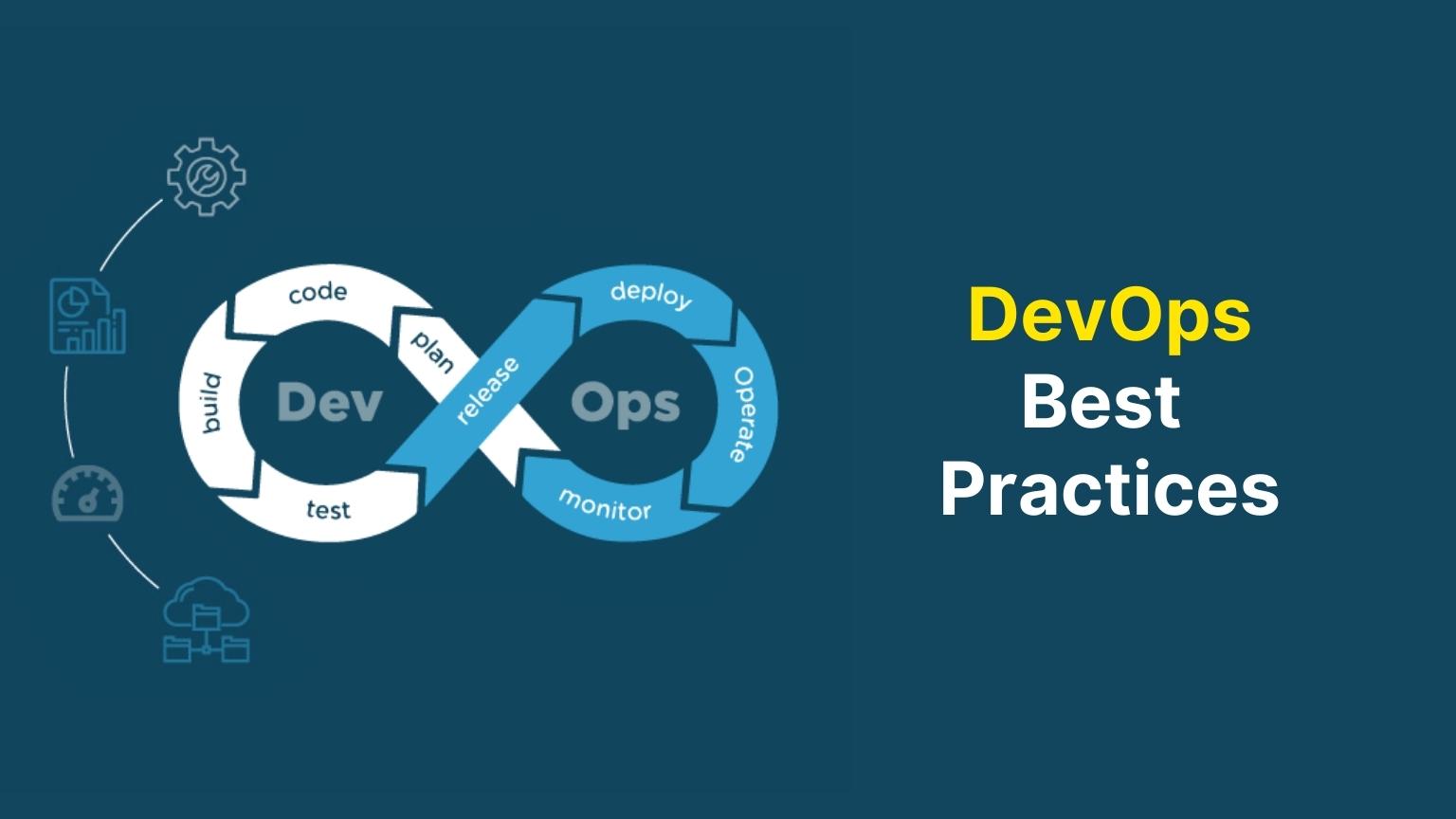Containerization has revolutionized the way businesses and organizations develop and deploy applications. According to a recent report by Gartner, the adoption of containerized applications is on the rise, with more than 75% of global organizations projected to run containerized applications in production by 2022, compared to less than 30% in 2020. However, while containers offer numerous benefits, they also introduce potential cybersecurity risks if not properly secured. In this article, we will explore container security best practices to protect your applications, infrastructure, and system libraries from threats.
- Secure the Host and Operating System: Containers provide isolation from the host, but they still share kernel resources. It is crucial to ensure that the underlying host operating system is up to date with the latest security patches. Implement monitoring to detect any vulnerabilities on the host layer. Consider using a “thin OS” to minimize the attack surface by removing unnecessary packages. Avoid manual configuration changes by managing hosts through Infrastructure as Code (IaC) tools like Ansible or Chef, allowing only the orchestrator to control container operations.
- Perform Container Vulnerability Scans: Regular vulnerability scans of containers and hosts are essential to identify and mitigate potential threats. Some container registries offer built-in vulnerability scanning features that automatically check images for vulnerabilities. Adopt a proactive approach by integrating vulnerability scans into your Continuous Integration (CI) pipeline, following the “shift left” philosophy to address security early in the development cycle. Tools like Trivy or Wazuh can assist in identifying vulnerabilities and verifying them against multiple CVE databases.
- Protect the Container Registry: Container registries serve as centralized repositories for storing and distributing container images. Due to their critical role in containerized environments, it is vital to monitor and prevent unauthorized access to the registry. Invest time in implementing access controls and security measures to safeguard the container registry from potential breaches.
- Strengthen Kubernetes Cluster Security: For container orchestration, such as Kubernetes, reinforce security measures to mitigate risks from overprivileged accounts and network attacks. Follow the principle of least privilege to restrict pod-to-pod communications and limit the impact of potential attacks. Utilize tools like Kube Hunter and Kubescape to perform penetration testing and evaluate the security posture of your Kubernetes clusters.
- Protect Secrets: Avoid hard-coding secrets, such as certificates, passwords, tokens, or API keys, into containers or Dockerfiles. Instead, adopt a secret management solution that securely stores secrets in a centralized vault. This approach ensures that sensitive information remains protected and reduces the risk of exposure.
Conclusion:
Securing containerized environments is crucial as containers continue to gain popularity. While container management and security capabilities are evolving, implementing proactive security measures is essential. By focusing on host security, performing vulnerability scans, securing the container registry, strengthening Kubernetes cluster security, and protecting secrets, you can establish a robust security framework for your containerized applications. Fortunately, various tools and solutions are available to assist in achieving adequate security in containerized environments.





